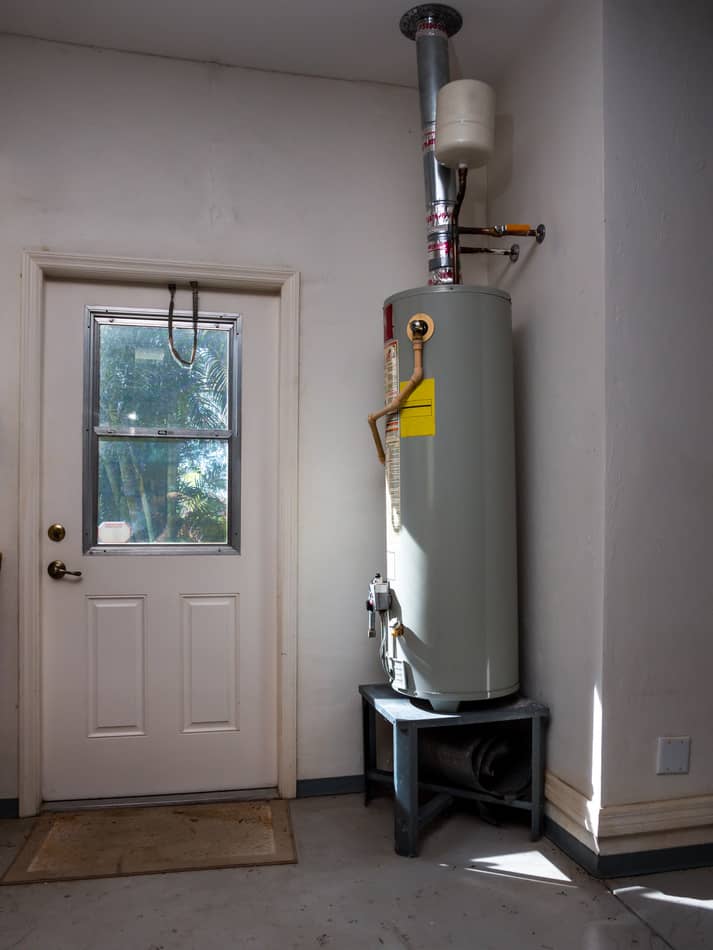Key Care Techniques for Your Home's Hot Water System
Key Care Techniques for Your Home's Hot Water System
Blog Article
Everyone may have their unique assumption when it comes to Tips on Maintaining a Water Heater.

Warm water is important for day-to-day convenience, whether it's for a refreshing shower or washing recipes. To guarantee your hot water system runs effectively and lasts longer, regular maintenance is essential. This write-up supplies practical ideas and insights on how to maintain your home's warm water system to prevent disruptions and pricey repair services.
Introduction
Keeping your home's hot water system could seem challenging, but with a couple of easy actions, you can ensure it runs smoothly for years ahead. This guide covers every little thing from comprehending your hot water system to DIY upkeep suggestions and recognizing when to employ expert aid.
Significance of Keeping Your Warm Water System
Normal upkeep not just extends the life expectancy of your warm water system yet also ensures it operates effectively. Disregarding upkeep can result in decreased performance, higher energy bills, and even early failing of the system.
Indicators Your Hot Water System Demands Maintenance
Understanding when your warm water system requires attention can avoid significant problems. Keep an eye out for indications such as irregular water temperature, unusual sounds from the heating unit, or rusty water.
Recognizing Your Hot Water System
Prior to diving right into upkeep tasks, it's practical to recognize the fundamental parts of your warm water system. Usually, this includes the hot water heater itself, pipes, anode poles, and temperature controls.
Regular Monthly Upkeep Tasks
Regular month-to-month checks can aid catch small problems before they rise.
Flushing the Hot Water Heater
Flushing your hot water heater removes sediment accumulation, enhancing efficiency and lengthening its life.
Monitoring and Replacing Anode Rods
Anode poles protect against corrosion inside the storage tank. Examining and replacing them when broken is important.
Checking and Readjusting Temperature Settings
Readjusting the temperature setups guarantees optimal performance and safety and security.
Do It Yourself Tips for Maintenance
You can execute several upkeep jobs on your own to maintain your warm water system in leading problem.
Looking for Leaks
Routinely evaluate pipes and links for leaks, as these can bring about water damage and greater bills.
Examining Stress Alleviation Valves
Testing the stress safety valve guarantees it works properly and stops too much pressure build-up.
Shielding Pipelines
Protecting hot water pipes reduces heat loss and can conserve power.
When to Call a Professional
While DIY upkeep is useful, some problems need professional competence.
Complicated Issues Requiring Professional Assistance
Examples include significant leakages, electric issues, or if your water heater is consistently underperforming.
Routine Specialist Maintenance Advantages
Specialist upkeep can include comprehensive evaluations, tune-ups, and ensuring conformity with safety and security criteria.
Final thought
Regular upkeep of your home's warm water system is essential for efficiency, longevity, and price savings. By adhering to these ideas and knowing when to seek expert assistance, you can make certain a trusted supply of hot water without unanticipated interruptions.
How to Maintain an Instant Hot Water Heater
Before tinkering with your hot water heater, make sure that it’s not powered on. You also have to turn off the main circuit breaker and shut off the main gas line to prevent accidents. Also turn off the water valves connected to your unit to prevent water from flowing into and out of the appliance. 2. When you’re done, you have to detach the purge valves’ caps. These look like the letter “T†and are situated on either side of the water valves. Doing so will release any pressure that has accumulated inside the valves while at the same time avoid hot water from shooting out and burning your skin. 3. When the purge valves’ caps are removed, you have to connect your hosing lines to the valves. Your unit should have come with three hoses but if it didn’t, you can purchase these things from any hardware or home repair shops. You can also get them from retail stores that sell water heating systems. Read the user’s manual and follow it to complete this task properly. When the hosing lines are connected, open the purge port’s valves. 4. You should never use harsh chemical cleaners or solutions when cleaning your unit. Make use of white vinegar instead. It should be undiluted and you’ll probably use about 2 gallons. 5. Now flush your water heater. This task should probably take about 40 minutes. We can’t give you specific directions for this because the procedure is carried out depending on the type, model and brand of your heater. With that being said, refer to the user’s manual. 6. When you’re done draining the unit, you have to turn off the purge port valves again. Remove the hosing lines that you earlier installed on each of the water valves. Put the valve caps (purge port) back in their respective places and be very careful so as not to damage the rubber discs that are found inside these caps. 7. Now that everything’s back in place, check your user’s manual again to find out how to reactivate your water heating system. 8. Once it is working, turn one of your hot water faucets on just to let air pass through the heater’s water supply pipes. Leave the tap on until water flows smoothly out of it. https://www.orrplumbing.com/blog/2014/september/how-to-maintain-an-instant-hot-water-heater/

We hope you liked our topic on Tips For Maintaining Your Hot Water Heater. Thanks a ton for spending some time to read our piece. Do you know somebody else who is fascinated about the niche? Please feel free to promote it. Many thanks for going through it.
Request Your Service Report this page